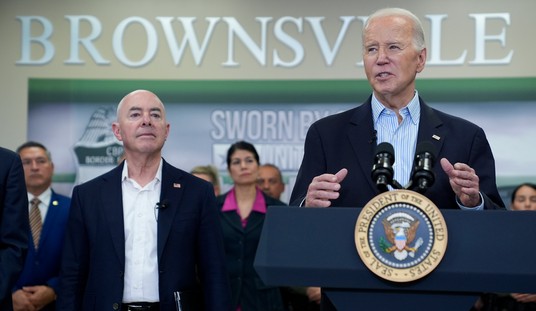Last December’s Tax Cuts and Jobs Act didn’t come wrapped in shiny paper and a bow, but it might as well have. It’s like a Christmas gift that keeps on giving.
First came the raises and bonuses that followed in the immediate wake of the tax cut. More recently, I highlighted a new Heritage Foundation report that documents a welcome fact – taxpayers nationwide will save money this year and the next several years.
Using IRS data, Kevin Dayaratna, Parker Sheppard and Adam Michel found that in 2018 taxpayers will save an average of $1,400. Married couples with two children will save more than twice that: $2,917.
And the benefits are truly widespread. In fact, their report shows that every U.S. congressional district will enjoy these tax benefits.
You can see for yourself. That’s what I wanted to point out today – that you can go to taxesandjobs.com and go to your state and district and get the numbers.
After all, though every congressional district benefits in some measure, it’s not all by the amount. Changes in take-home pay vary from just above $14,000 in Mississippi to just under $30,000 for Washington, DC, for all tax filers.
Say you live in California’s 28th congressional district. Adam Schiff is your representative. So you go to taxesandjobs.com, see the U.S. map, and click on California. A state map comes up, color-coded to show which districts are getting a higher amount than others.
Below it, you see four large figures: the average tax cut for 2018 ($1,397), the average federal income tax decrease for 2018 (10.6 percent), the increase in take-home pay over the next 10 years ($24,376) and the increase in take-home pay over 10 years for a family of four ($42,517).
Recommended
But that’s for the state. You naturally want to know what your district will get. So you scroll the list of districts until you get to the 28th and click on it.
There you see the same four categories, but now for your district: the average tax cut for 2018 ($1,454), the average income tax decrease for 2018 (10.3 percent), the increase in take-home pay over 10 years ($25,584) and the increase in take-home pay over 10 years for a family of four ($46,990).
You can do exactly the same thing for the nation’s other 434 congressional districts. Some, as I noted, are higher than others, but there isn’t one district that fails to come out ahead.
This must seem baffling if you’ve been listening to tax-cut opponents. It’s all for rich fat cats, right? A boon for corporations? A windfall for the wealthy?
Far from it. Naturally, those who pay the most in taxes experience a larger cut in dollars. It could hardly be otherwise. But not one district’s average taxpayer is seeing their taxes go up (another false talking point). It’s just a matter of how much you stand to save, frankly.
Some critics carp that it adds up to “crumbs,” but tell that to Americans getting what amounts to a nice raise. That extra income is enough to help pay down a mortgage, cover daycare expenses, or increase college savings.
And it’s not only taxpayers who can be grateful. Everyone is better off. That’s because lower rates do more than simply reduce the amount that Americans pay in taxes. They enable companies to do what they’ve already started doing: invest more, hire more, and pay their employees more.
The end result is a stronger economy. And everyone benefits from that.
It could be even better, though. The tax cut expires in 2025, so the Heritage experts had to roll that into their calculations. They also had to assume Washington will continue running large and unsustainable deficits.
But why settle for less? It’s time to make the cut permanent – and really unshackle the American economy.




















Join the conversation as a VIP Member